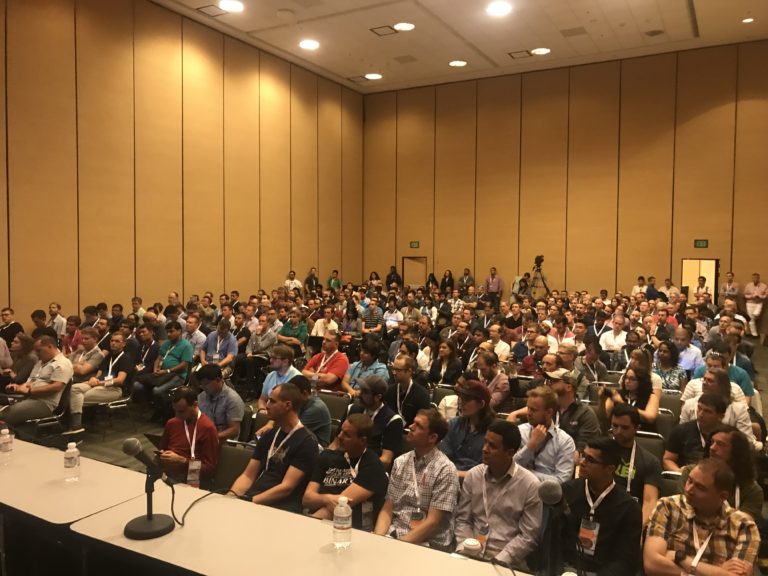Getting Started with WordPress Image Compression & Optimization
You should always keep trying to speed up your WordPress website. With added up speed, you keep getting benefits of better search ranking, faster page load time, more conversion and improved user experience.
WordPress Image Optimization involves two tasks in general: (a) Resizing images to best fit in visitors’ browser and (b) compressing images to reduce their file sizes. What goes i...
WordPress Image Compression & Optimization Fundamentals
A picture is worth a thousand words.
Using images on websites makes them look great, aesthetic and visually arresting. Images help contents appear more appealing and meaningful. It also encourages user engagement. Using variety of images on a site makes the site stand out.
Benefits of using images on websites comes with associated costs - specially, when images are not compress...
WordPress Image Compression & Optimization
Images make posts and pages interesting to read. Despite being crucial element for every website, images may soon become a burden for your website, if not taken care of.
Of men and machines, nobody likes slow websites. Image heavy sites are visually arresting, aesthetic and appealing. However, bandwidth hog unoptimized images make websites load slowly – specially, WordPress websites a...
Thoughts on WordPress Web Application Development

WordPress branded itself as a publishing platform and WordPress is usually used by designers and developers for building a website around it. However, WordPress internals and APIs developed much more functionalities than usually required by a blog or website. Branding of frameworks like .NET Core, Laravel, Symphony, CakePHP, etc are different.
Responses to Some Common Criticisms
...Features and Components of WordPress for Web Application Developers

WordPress has hundreds of built-in components that can use easily to build web applications. Be it security, database access and mapping; URL rewriting, mapping or routing; caching; AJAX, polling; WebSockets, Options Configuration; web services, microservices or REST API; or be it something else not quite heard of – WordPress either has components for that or has way outs to build one.
...WordPress Web Application Development Features for Project Managers

WordPress is a cost effective, time efficient alternative for developing web applications. In this section, we will look into features of WordPress from the perspective of Web Application Project Managers.
Active Development
WordPress is one of the most Continuous Integration / Continuous Development (CI/CD) projects on earth. WordPress is actively being developed all the tim...
Why Consider WordPress Ecosystem for Web Application Development

Being the most popular Content Management System on the planet, the ecosystem of WordPress surpassed that of other CMS platforms. From the beginning, WordPress encouraged plugins and themes to extend its capabilities. Thus the community of WordPress developers exploded along with the growth of WordPress.
Roughly estimated, WordPress powers 10,000,000 websites. Guess, how many people a...
Fundamentals of Architectures for Web Application Development with WordPress

It is quite logical at this spore of time to briefly touch frameworks, foundations and web applications.
Framework
Framework is an abstraction set to tools that generally provide all the necessary functionalities without much detailed know-hows for developers. Frameworks are reusable, consistent and usually backward compatible across incremental versions.
Framework is...
Introduction to Web Application Development with WordPress

WordPress, a fork from b2/cafelog, was released in May, 2003 by its founders Matt Mullenweg and Mike Little. Since the debut, WordPress has accomplished an incredible journey, evolved from a simple blogging (web-log) platform to a complete CMS (Content Management System) with custom theming and plugin capabilities. It continued to enrich functionalities beyond a mere CMS. Over the years, Wor...
WordPress Web Application Development

WordPress is the most popular Content Management System ever built. The modularity approach of content creation, management and presentation made people wonder, why not build web applications with WordPress. It appears that, WordPress always supported the idea behind the scene and incorporated many features that are beyond CMS, but easily could be harnessed in developing modern web applicati...




